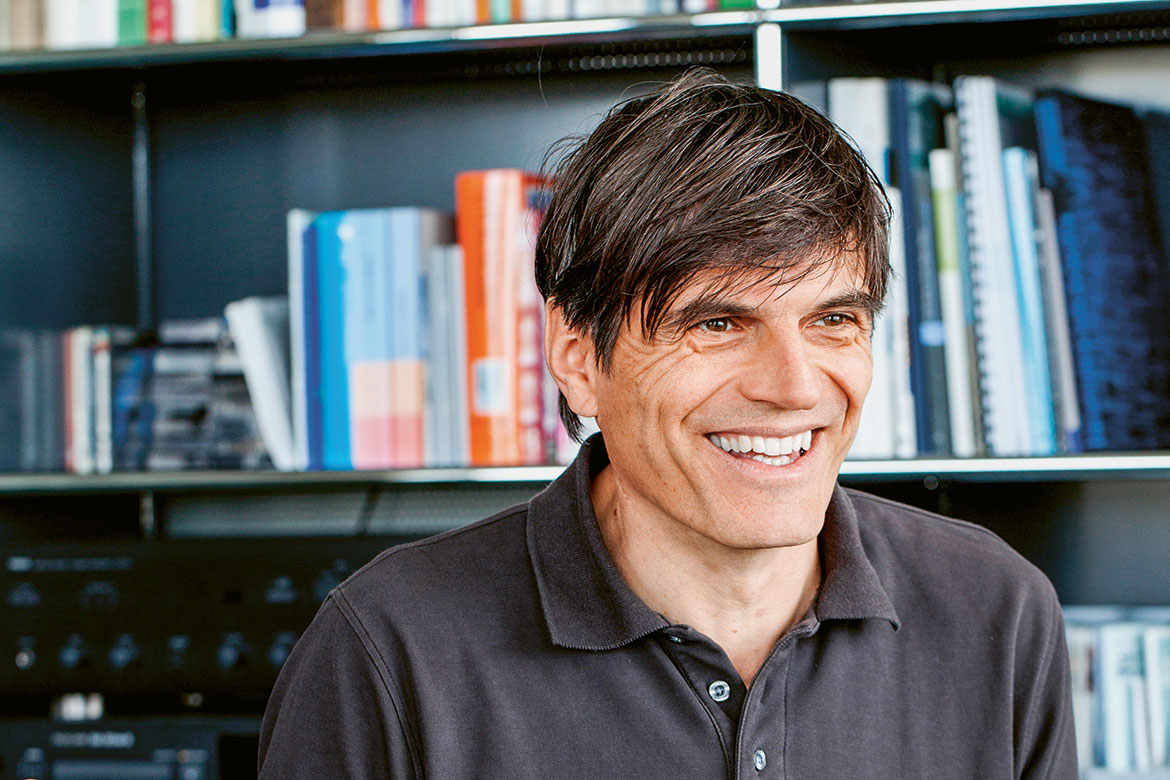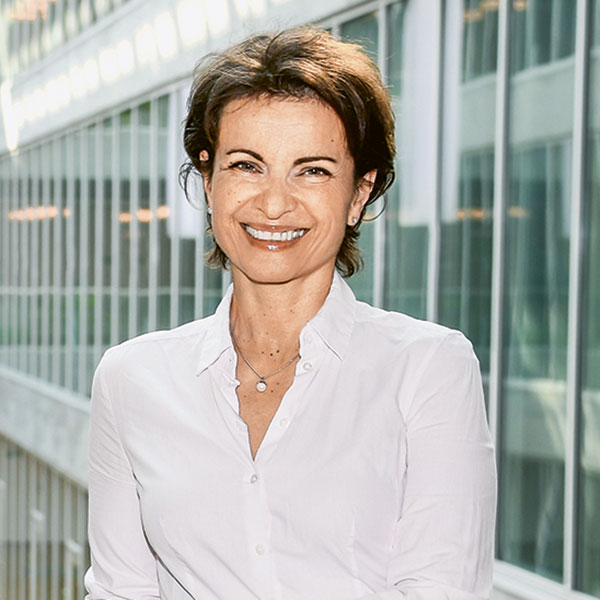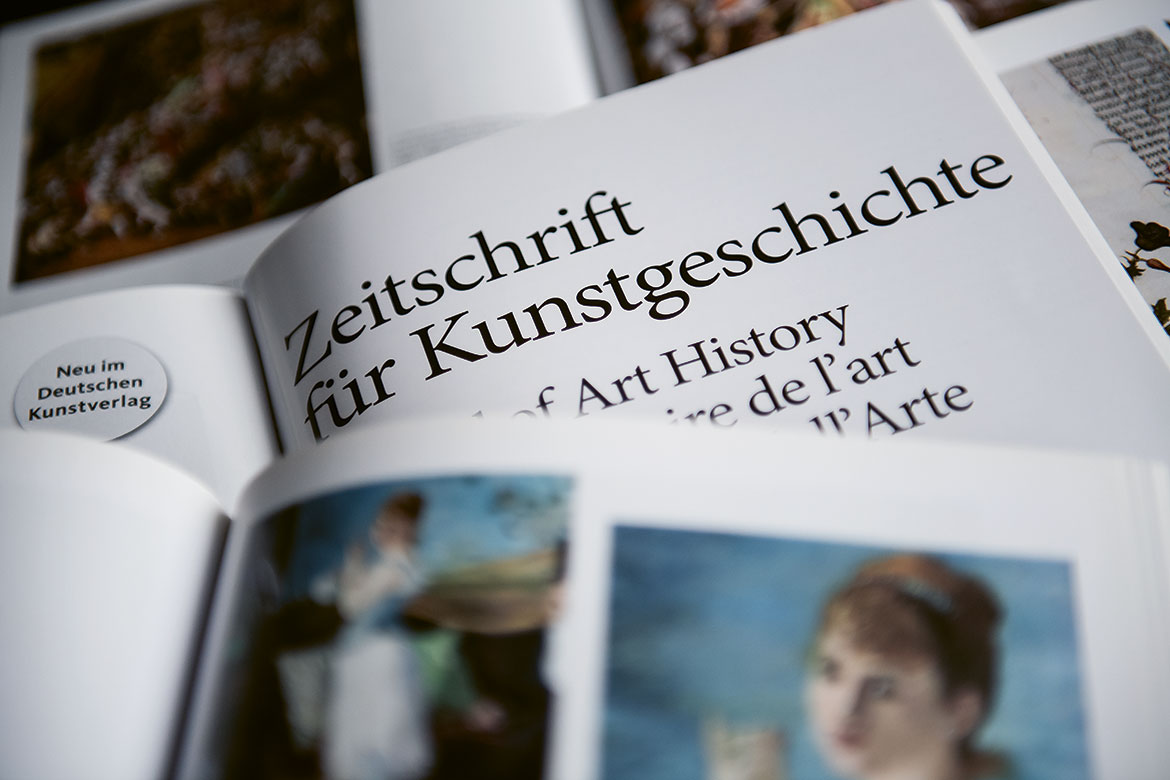“The world is multilingual”
Daniel Perrin, the new president of the International Association of Applied Linguistics, wants more research inspired by practitioners.

Photo: Conradin Frei, ZHAW
What is your main goal as AILA’s president?
To focus on linguistic research that truly matters for society at large.
For example?
Our world is multilingual. Mass migration and globalisation present serious challenges to integration, but also offer huge opportunities for fostering diversity. Hiring has become more and more international. Using international English is not enough, though. To communicate efficiently, you have to understand not only the words, but also what people mean when they use them. This is when intercultural communication happens.
How do you plan to bridge the gap between academic research and society?
We want to collaborate systematically with practitioners right from the start, when research projects are conceived, and not only when the results are communicated. For example, we are collaborating with UNESCO to develop language programmes that include intercultural aspects.
Is AILA mainly concerned with multilingualism?
Applied linguists have a broad understanding of what a language is. Even if everybody in a company speaks the same language, they still use different varieties and different technical terms. This internal multilingualism presents issues similar to those we have between languages. Or take the concept of translanguaging, which questions the idea of fixed borders between languages. They interpenetrate each other and our entire life.
As a Swiss person, you are used to a multilingual environment. Does it make it harder to understand monolingual cultures?
Like many Swiss people, I’ve grown up between cultures – and I think it actually helps because we are at ease in different contexts. In any case, most communication in the world is intercultural and multilingual. Wherever you go, you see people not understanding each other. We researchers have developed tools that can change that.




